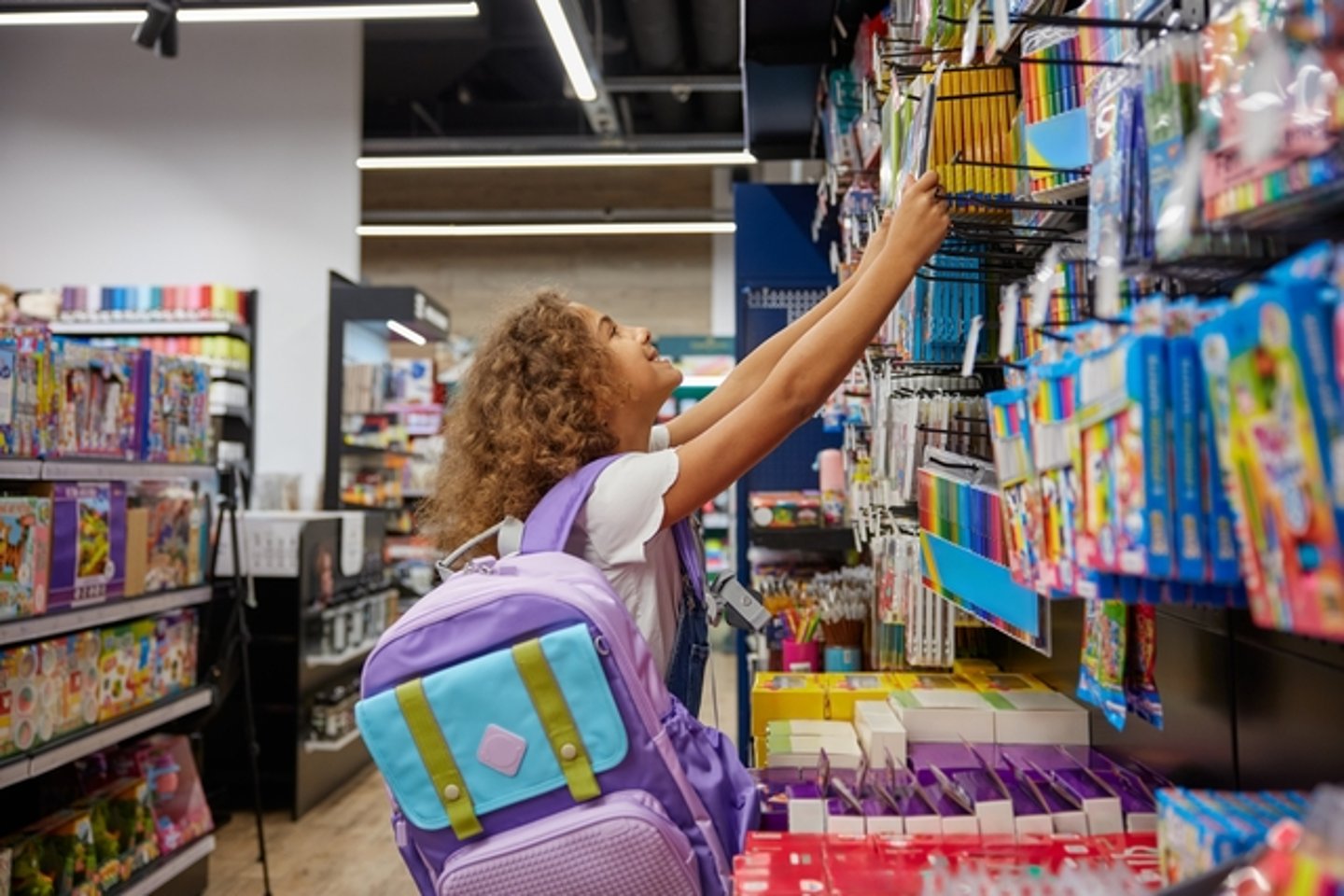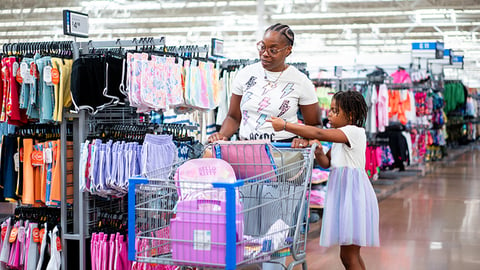Shoppers Get Head Start on Back-to-School
With much of the U.S. spending the first weeks of July managing through the summer heat, a majority of shoppers have turned their attention to the fall and started their back-to-school shopping.
New data from the National Retail Federation and Prosper Insights & Analytics found that 67% of back-to-school shoppers have started their hunt for the items needed to send their kids back to the classroom in the coming weeks. That figure is up from 55% in 2024 and the highest since 2018, when NRF started tracking early shopping.
Additionally, 51% of back-to-school families are shopping earlier this year compared to last year specifically out of concern that prices will rise due to tariffs.
“Consumers are being mindful of the potential impacts of tariffs and inflation on back-to-school items and have turned to early shopping, discount stores, and summer sales for savings on school essentials,” said Katherine Cullen, vice president of Industry and Consumer Insights for NRF. “As shoppers look for the best deals on clothes, notebooks and other school-related items, retailers are highly focused on affordability and making the shopping experience as seamless as possible."
While consumers are getting a head start on shopping, most (84%) still have at least half of their purchases left to complete. The top reasons consumers have shopping left to do are they are waiting for the best deals (47%), do not yet know what items are needed (39%), or are planning to spread out their budgets (24%).
For those looking for back-to-school deals during the summer, retailer events such as Prime Day, Walmart Deals and Target Circle Week remain a popular opportunity to make progress on shopping lists. Four in five shoppers (82%) were planning around July sales to shop specifically for items for the upcoming school year.
Families with students in elementary through high school plan to spend an average of $858.07 on clothing, shoes, school supplies and electronics, down from $874.68 in 2024. Despite families budgeting less this year, slightly more consumers are purchasing apparel and electronics, driving expected total spending to $39.4 billion, up from $38.8 billion last year.
K-12 shoppers are budgeting $295.81 on average for electronics ($13.6 billion total), $249.36 for clothing and accessories ($11.4 billion total), $169.13 for shoes ($7.8 billion total) and $143.77 for school supplies ($6.6 billion total).
As with recent years, the most popular destinations for back-to-school shopping are online (55%), followed by department stores (48%), discount stores (47%) and clothing stores (41%).
College students and their families are planning to spend an average of $1,325.85, down from $1,364.75 in 2024. Although per-person spending has decreased, on average, more consumers are shopping across almost every category, bringing expected total back-to-college spending to $88.8 billion, up from $86.6 billion last year.
The top five categories for college spending include $309.50 on average for electronics ($20.7 billion total), $191.39 for dorm or apartment furnishings ($12.8 billion total), $166.07 on clothing and accessories ($11.1 billion total), $140.24 on food ($9.4 billion total) and $117.95 on personal care items ($7.9 billion total).
“This increase can largely be attributed to higher income households, while lower income households are pulling back across categories because of economic uncertainty,” said Phil Rist, executive vice president of Strategy for Prosper. “Regardless of income, families want to ensure their students are set up for success. They are cutting back in other areas, using buy now, pay later or buying used or refurbished items to have everything they need for the school year.”
The top shopping destination for college students and their parents remains online (48%), followed by discount stores (36%), department stores (35%) and college bookstores (27%). While these destinations are in line with 2024, discount stores have risen in popularity by five percentage points this year as shoppers look for value.
This year’s research from the NRF and Prosper included 7,581 consumers and was fielded July 1-7, with a margin of error of plus or minus 1.1 percentage points.




